
Moldy and Damp Walls? Try These Simple, Budget-Friendly Tricks — Clean and Fresh in Just Minutes
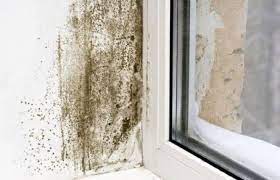
During the rainy season, many families face the frustrating problem of damp, moldy walls — paint peeling off, water seeping through, and that musty smell that never seems to go away. Fortunately, you don’t need expensive repairs or professional contractors. With a few simple and affordable methods, you can restore your walls to their clean, fresh condition in no time.
1. Use Moisture-Resistant Wallpaper
If your interior walls have become damp and you can’t repaint right away, consider using moisture-resistant wallpaper. This is an easy and aesthetic solution that instantly improves the look of your home while preventing mold from spreading further.
Today’s wallpapers come in a variety of designs and textures — floral, minimalist, modern — allowing you to match your style while saving money. The moisture-proof layer prevents further damage, and if applied properly, it can last for years.
2. Apply Anti-Mold and Waterproofing Solutions
When the lower part of your wall starts showing signs of dampness or black mold spots, the first thing affected is your home’s appearance and hygiene. Paint begins to blister and peel, plaster becomes soft, and every accidental touch leaves residue on your clothes.
A highly effective fix is to apply a waterproofing solution to the base of the wall. Choose a multi-purpose or specialized waterproofing compound, inject it into the affected areas, and allow it to dry. This technique is quick, easy, and suitable even for older walls. It helps seal off moisture while killing existing mold spores.
3. Repaint with Waterproof and Anti-Mold Paint
In most cases, wall dampness happens because water seeps into the surface and gets trapped, creating the perfect environment for mold to grow. That’s why preventing water absorption should always be your first priority.
If your home hasn’t been painted yet, make sure your contractor uses high-quality waterproof paint. For walls already affected by moisture or mold, scrape off the old paint, clean the surface thoroughly, then apply a layer of alkaline-resistant primer. Once it’s dry, add one or two coats of waterproof paint. This not only restores the look of your walls but also protects them for the long term.
4. Use Mold-Removal Spray
For areas like bathrooms, kitchens, or laundry rooms — where humidity is constantly high — a mold-removal spray can be your best ally. These sprays contain strong cleaning agents that kill mold, eliminate stains, and restore the surface to its original brightness.
Simply spray, wait a few minutes, and wipe clean. The result: spotless walls and a fresher indoor environment without the need for harsh scrubbing.
Why Walls Become Damp and Moldy
Understanding the root cause of the problem helps prevent it from happening again. Here are the main reasons behind moldy, damp walls:
1. Weather and Climate Conditions
Vietnam’s tropical monsoon climate has high humidity all year round — often reaching up to 90% in northern regions during spring. Such conditions create an ideal environment for mold and mildew to thrive. Rainwater carries minerals and salts that stick to wall surfaces, trapping moisture and promoting fungal growth.
However, don’t blame the weather alone — building materials and construction quality also play a big role.
2. Poor-Quality Building Materials
Common materials like lime, cement, and sand are widely used in construction but have one major drawback: they absorb moisture easily. Over time, this trapped moisture leads to mold and cracks.
To minimize this, builders should use limewater mixed with cement and sand in proper ratios, ensuring durability and water resistance. Choosing quality materials from trusted suppliers can save you significant maintenance costs in the long run.
3. Construction Technique Issues
Proper construction technique is crucial for long-lasting walls. During building, contractors should treat foundations with waterproofing materials, create a 5 cm gap between walls and the ground to prevent capillary water absorption, and thoroughly seal areas near bathrooms, sinks, and water tanks.
After plastering, let the wall dry for about a month before applying primer and topcoat. This ensures maximum adhesion and prevents moisture buildup beneath the paint. Additionally, designing your home with good ventilation systems — such as exhaust fans or air vents — helps keep the indoor air dry and prevents mold from forming in the first place.
4. Natural Disasters and Environmental Impact
In regions frequently affected by flooding, such as Central Vietnam, long-standing floodwater can saturate walls for days or even weeks. Once the water recedes, moisture and bacteria remain trapped in the structure, causing severe mold growth and damage.
Houses near rivers or on soft soil are also vulnerable to cracking and water infiltration. Any cracks in the concrete walls become easy entry points for moisture. Regular inspection and sealing of such cracks are essential to maintain the structure’s integrity.
5. Aging Walls
Finally, sometimes mold simply results from aging structures. Over the years, exposure to sunlight, rain, and humidity wears down even the best paint and plaster. The best solution in this case is to scrape off the old paint and apply a fresh coat of waterproof, anti-mold paint. For best results, hire a professional contractor who can properly assess and repair any hidden damage.
Final Thoughts
Damp, moldy walls don’t just make your home look unattractive — they can also affect your family’s health and comfort. But with the right methods, you can fix the problem quickly, affordably, and effectively. Whether you choose wallpaper, waterproofing solutions, or a complete repaint, these practical tips will help you keep your home fresh, clean, and mold-free all year long.
News in the same category


Tips If You Accidentally Add Too Much Salt While Cooking

Most do this wrong. 10 foods you’re storing in the wrong container

Most people will never know

My nana taught me this hack to deodorize trash cans in 2 mins with 0 work. Here’s how it works
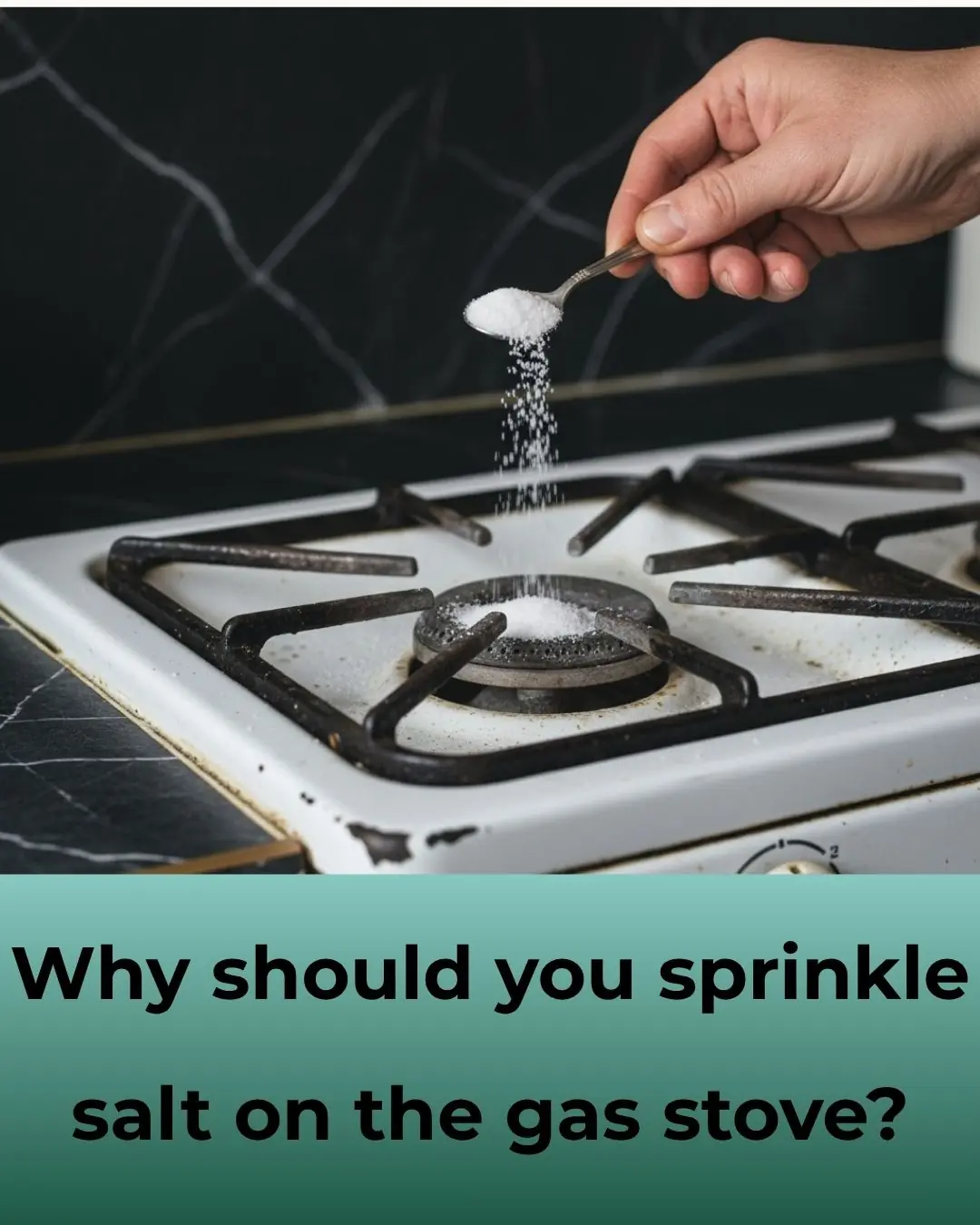
Why You Should Sprinkle Salt on Your Gas Stove — The Surprisingly Powerful Cleaning Trick Everyone’s Talking About

Why You Shouldn’t Pour Hot Water into the Kitchen Sink
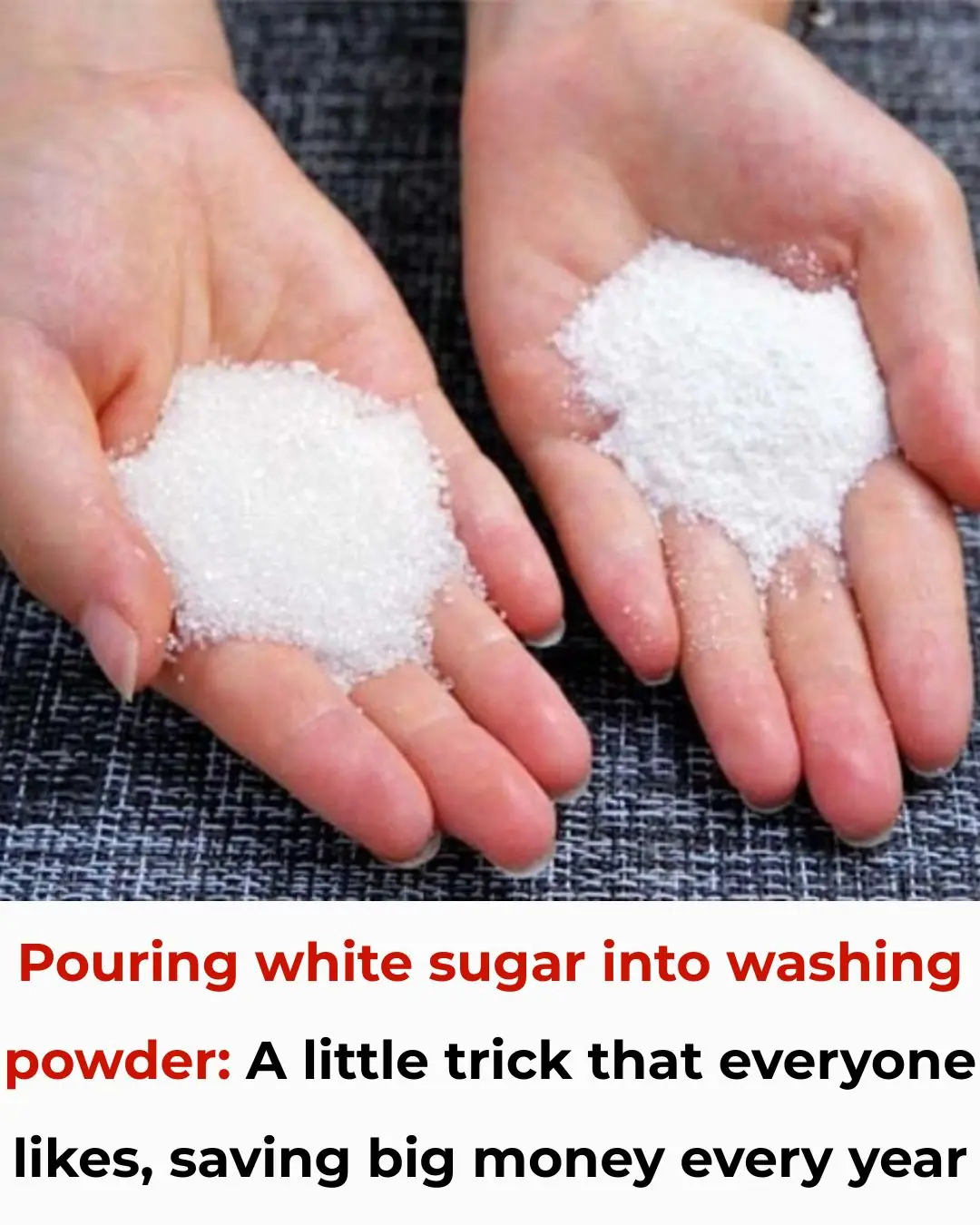
Pour White Sugar into Laundry Detergent: A Simple Household Trick That Saves You Money Every Year

I was totally in the dark on this!
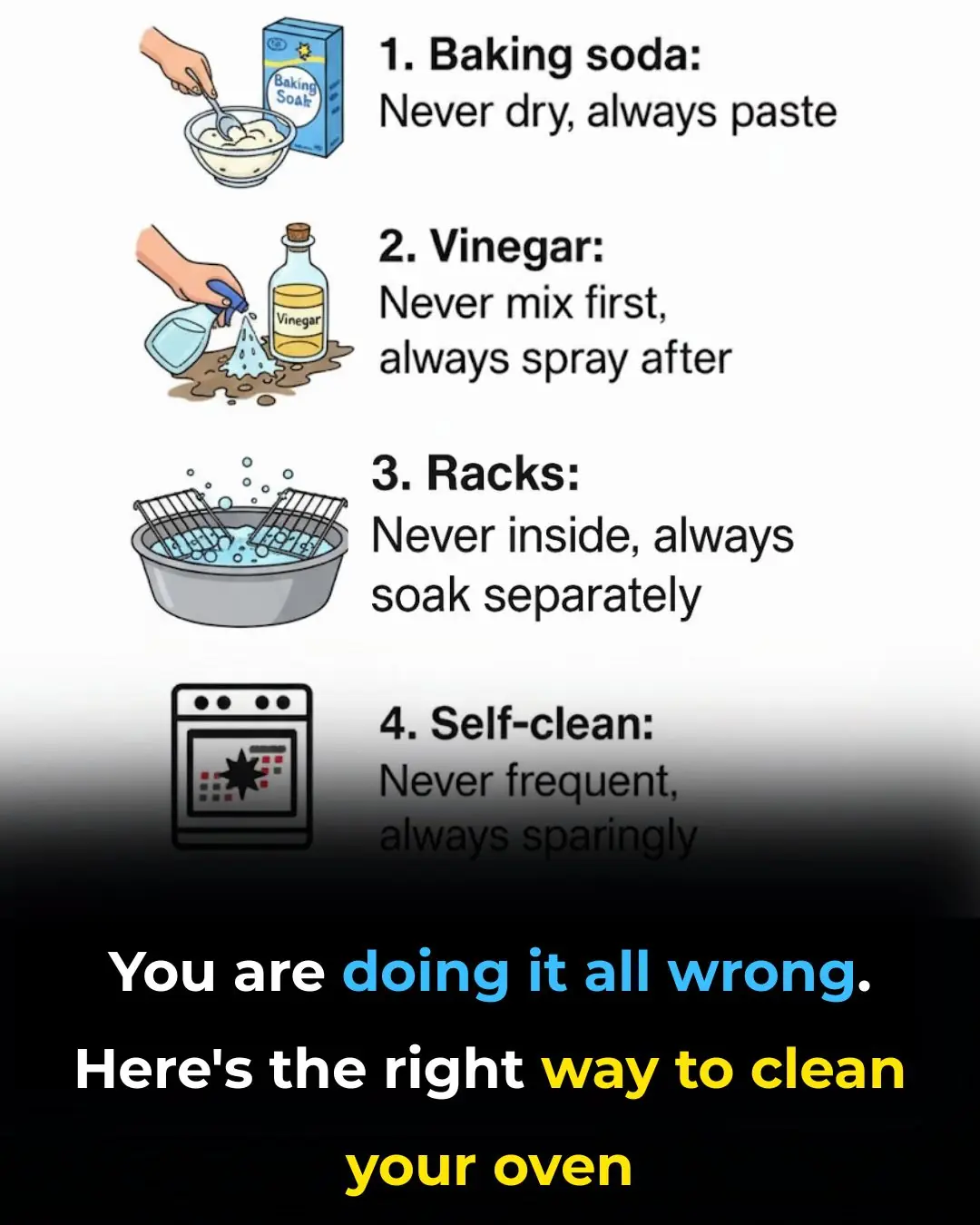
You are doing it all wrong. Here's the right way to clean your oven

My nana taught me this hack to make cloudy glasses sparkle in 2 mins with 0 work. Here’s how it works

You are doing it all wrong. Here's the right way to store produce

7 Ways to Repurpose Eggshells for a Greener Home and Garden

🌿 Add a Few Drops of Medicated Oil to Garlic — The Brilliant Household Trick Everyone Loves!

Did You Know That If These Arrive At Your House It Is a SIGN

Put a cotton ball with VapoRub in your ear & get this remarkable effect

7 foods to prevent premature gray hair, supplement every day to quickly grow long, black and shiny hair

Why do smart people never keep hot and cold water dispensers in the house? The reason is very reasonable

Using 1 fruit in this way, the whole body will be cleansed without any trace, and will never dare to return
News Post

🔊 Hearing Loss: What Really Helps — And What Doesn’t

Health officials issue warning over ‘very contagious’ disease spreading across US state

Tips If You Accidentally Add Too Much Salt While Cooking

🫁 1 Cup to Cleanse Your Lungs of Phlegm and Toxins Naturally

🧠 Nerve Damage? The 6 Best Essential Oils to Help Repair and Soothe Your Nerves
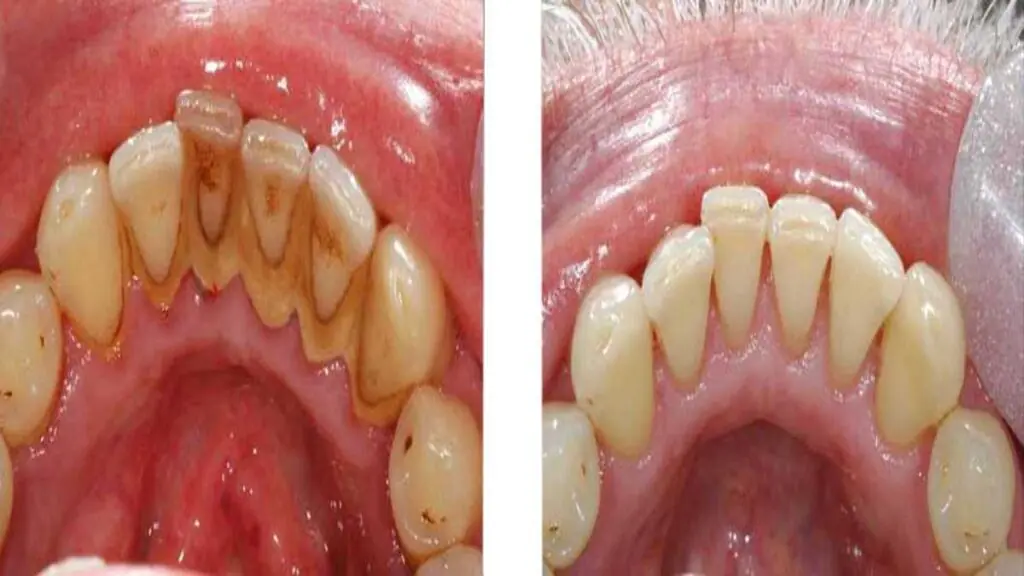
🦷 The #1 Best Remedy for Dental Plaque and Tartar Buildup (Dentist-Approved Home Method)

10 Proven Ways to Lower Uric Acid Naturally (Backed by Science)

Three Traditional Foods That Help Menopausal Women Stay Youthful and Balanced

How to Drink Honey Water Properly: Surprising Benefits, Best Times, and Who Should Avoid It

Most do this wrong. 10 foods you’re storing in the wrong container

Most people will never know

My nana taught me this hack to deodorize trash cans in 2 mins with 0 work. Here’s how it works

Why You Should Sprinkle Salt on Your Gas Stove — The Surprisingly Powerful Cleaning Trick Everyone’s Talking About

Taylor Swift reportedly beefs up security by $2M as she steers clear of spotlight at Travis Kelce’s games

Why You Shouldn’t Pour Hot Water into the Kitchen Sink

Pour White Sugar into Laundry Detergent: A Simple Household Trick That Saves You Money Every Year

How Zohran Mamdani’s aloof wife, Rama Duwaji, quietly steered his campaign from behind the scenes

Emmerdale fans spark 'recast' concern as Archie Breckle returns to the village
